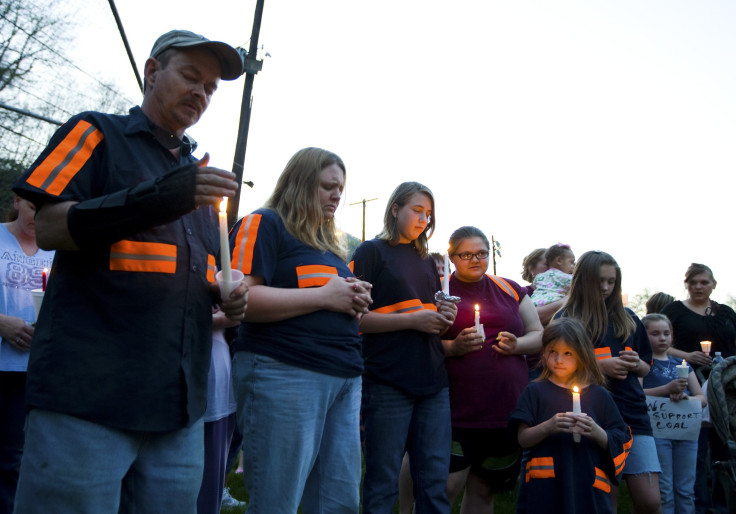Mining Deaths Fall To Historic Low In 2015

Deaths in the mining industry, one of the most dangerous sectors for workers in the United States, dropped to historic lows last year. Twenty-eight miners died last year in work-related accidents, according to the Mine Safety and Health Administration (MSHA), the industry’s chief safety regulator. Down from 45 deaths in 2014, it’s the lowest figure on record.
The benchmark comes amid a wave of mine closures and job cuts nationwide. The coal industry, in particular, has struggled as the nation’s power plants increasingly turn to cheap natural gas.
“While coal mine closures had some effect on the historic low number of mining deaths, actions by MSHA and the mining industry to improve mine safety have been a major factor,” said agency head Joe Main.
The death toll does not include workers in the oil and gas sector, a group that is regulated by a separate federal agency, the Occupational Safety and Health Administration. Eleven of the 28 deaths last year occurred in coal mines. Seventeen occurred in metal and nonmetal mines.
MSHA chief Joe Main attributed the decline in fatalities to the agency’s improved oversight tools, including better outreach and training with the industry, enhanced regulation of mines with chronic safety violations and the use of so-called special impact inspections that target “problem mines.”
Regulators launched the special impact inspections in April 2010, shortly after the disaster at Massey Energy’s Upper Big Branch coal mine in West Virginia. Twenty-nine miners there were killed after an explosion -- one of the worst mining disasters in U.S. history.
Massey’s former CEO Don Blankenship recently stood trial for his role in safety violations that regulators and many observers say led to the disaster. Last month, Blankenship was found guilty of conspiring to violate mine safety standards, but was acquitted on charges of securities fraud and making false statements to regulators. He faces up to one year in prison.
During MSHA’s first year of existence, 1978, 242 miners died in workplace accidents. Since then, the annual death toll has gradually declined.
© Copyright IBTimes 2025. All rights reserved.






















